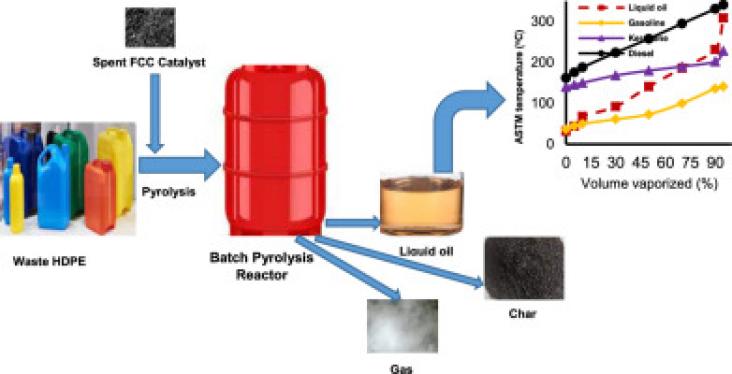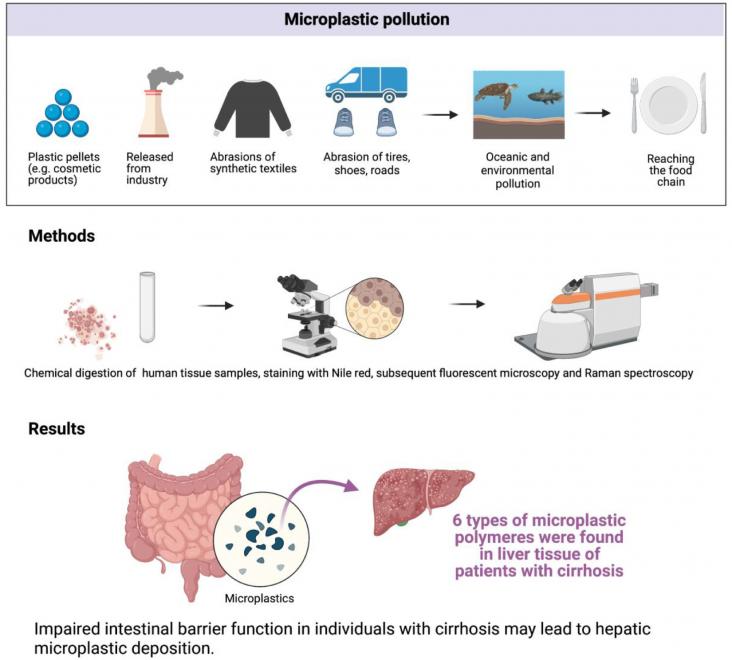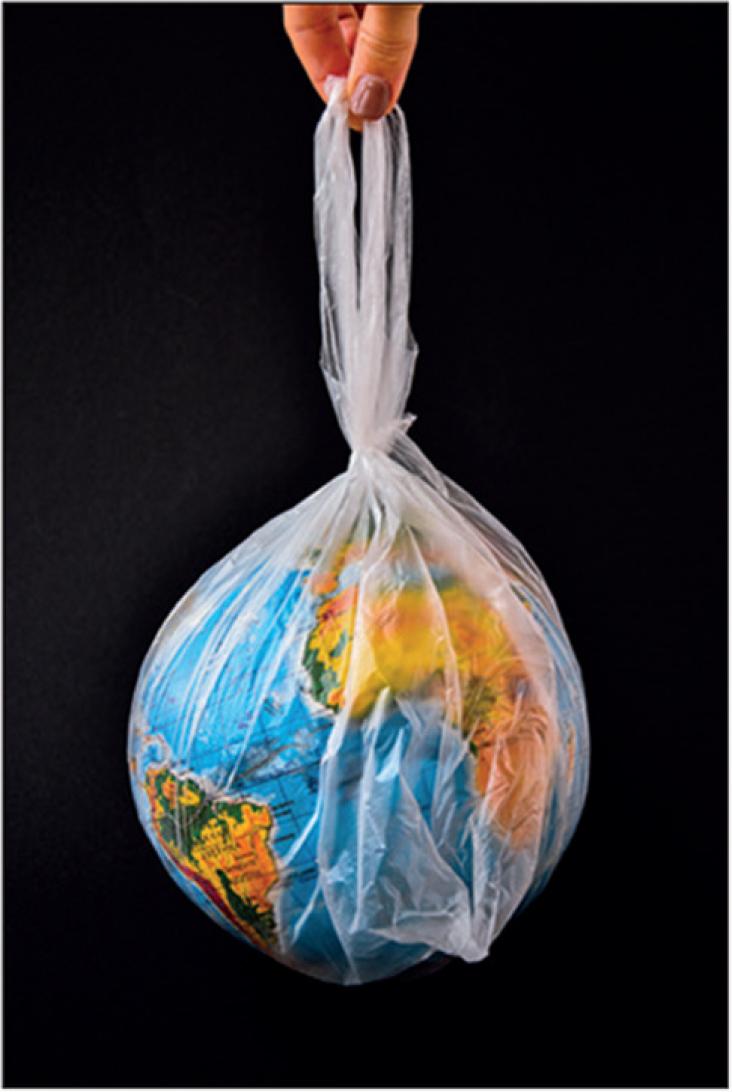
World Environment Day 2023 is a reminder that people’s actions on plastic pollution matters. The steps governments and businesses are taking to tackle plastic pollution are the consequence of this action.
It is time to accelerate this action and transition to a circular economy. It is time to #BeatPlasticPollution.
Environmental and Experimental Botany, Volume 208, April 2023,
Plant Science, Volume 324, November 2022, 111427
Mutation Research - Reviews in Mutation Research, Volume 791, 1 January 2023, 108453
There is a growing concern regarding the potential health effects that continuous exposure to environmental micro- and nano-plastics (MNPLs) may cause on humans. Due to their persistent nature, MNPLs may accumulate in different organs and tissues and may induce in the long term the development of cancer. The present study aimed to review the existing literature on the carcinogenic potential of MNPLs.
One Earth, Volume 5, 15 April 2022, Pages 361-376
Green Analytical Chemistry, Volume 3, December 2022
Current Opinion in Green and Sustainable Chemistry, Volume 40, April 2023
Sustainable Chemistry and Pharmacy, Volume 29, October 2022
Journal of Minimally Invasive Gynecology, Volume 29, September 2022
Sustainable Production and Consumption, Volume 37, May 2023
Sustainable Production and Consumption, Volume 33, September 2022
Sustainable Production and Consumption, Volume 37, May 2023
Sustainable Production and Consumption, Volume 37, May 2023
Sustainable Production and Consumption, Volume 36, March 2023
Sustainable Production and Consumption, Volume 33, September 2022
Sustainable Production and Consumption, Volume 35, January 2023
Plant Science, Volume 328, March 2023, 111572
Environmental and Experimental Botany, Volume 208, April 2023, 105236
South African Journal of Botany, Volume 150, November 2022
The Lancet Global Health, Volume 1, December 2013
The Lancet Respiratory Medicine, Volume 9, 2021
The Lancet Infectious Diseases, Volume , 2022
The Lancet Diabetes and Endocrinology, Volume 10, September 2022
The Lancet Planetary Health, Volume 7, February 2023
The Lancet Planetary Health, Volume 6, October 2022
Environment International, Volume 174, April 2023
Food Research International, Volume 162, December 2022
Future Foods, Volume 6, December 2022
Applied Food Research, Volume 2, June 2022
Applied Food Research, Volume 2, June 2022
One Earth, Volume 5, 15 April 2022
One Earth, Volume 5, 17 June 2022
Circularity of Plastics: Sustainability, Emerging Materials, and Valorization of Waste Plastic, Volume 1, 1 January 2023
Plants and their Interaction to Environmental Pollution: Damage Detection, Adaptation, Tolerance, Physiological and Molecular Responses, Volume 1, 1 January 2022
Current Trends and Future Developments on (Bio-) Membranes: Membrane Technologies in Environmental Protection and Public Health: Challenges and Opportunities, Volume 1, 1 January 2022
Water and Climate Change: Sustainable Development, Environmental and Policy Issues, Volume 1, 1 January 2022
Relationship Between Microbes and the Environment for Sustainable Ecosystem Services, Volume 2: Microbial Mitigation of Waste for Sustainable Ecosystem Services, Volume 5, 1 January 2022
Biodegradability of Conventional Plastics: Opportunities, Challenges, and Misconceptions, Volume 1, 1 January 2022
Biodegradability of Conventional Plastics: Opportunities, Challenges, and Misconceptions, Volume 1, 1 January 2022
Present Knowledge in Food Safety: A Risk-Based Approach through the Food Chain, Volume 1, 1 January 2022
Microbial Consortium and Biotransformation for Pollution Decontamination, Volume 1, 1 January 2022
Microbial Consortium and Biotransformation for Pollution Decontamination, Volume 1, 1 January 2022
Plastic Pollution and Marine Conservation: Approaches to Protect Biodiversity and Marine Life, Volume 1, 1 January 2022
Plastic Pollution and Marine Conservation: Approaches to Protect Biodiversity and Marine Life, Volume 1, 1 January 2022
Emerging Contaminants in the Environment: Challenges and Sustainable Practices, Volume 1, 1 January 2022
Green Blockchain Technology for Sustainable Smart Cities, 2023, Pages 29-63
Current Developments in Biotechnology and Bioengineering: Microplastics and Nanoplastics: Occurrence, Environmental Impacts and Treatment Processes, 2023, Pages 387-403
Current Directions in Water Scarcity Research, Volume 6, 2022, Pages 21-43
Plastics and Sustainability: Practical Approaches, 2023, Pages 1-43







